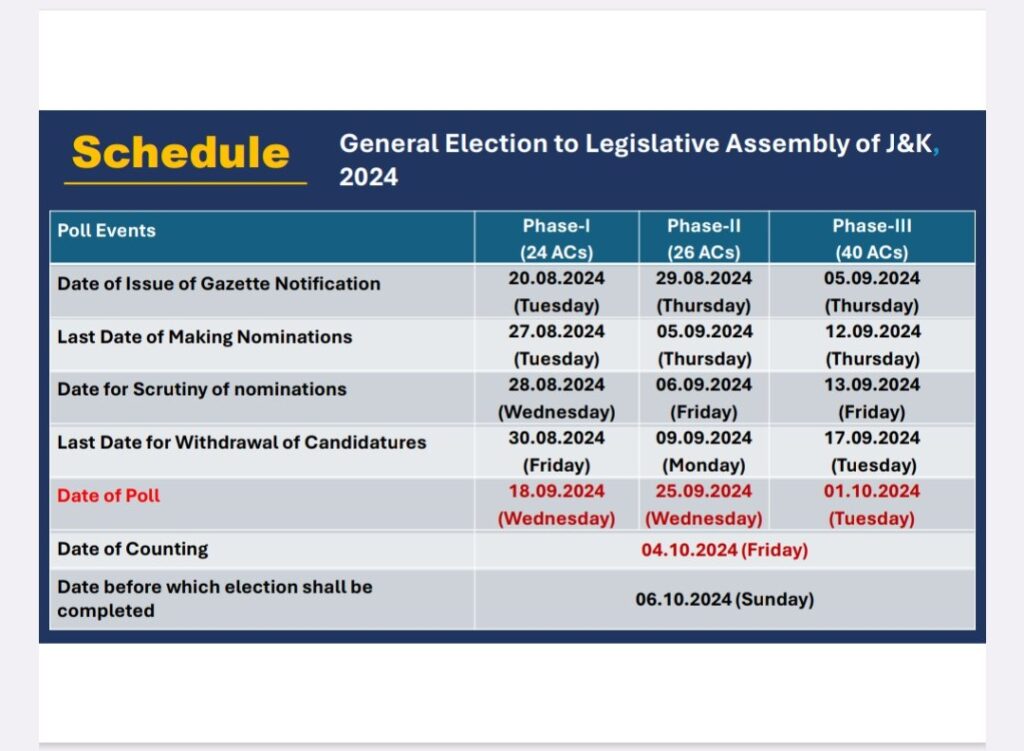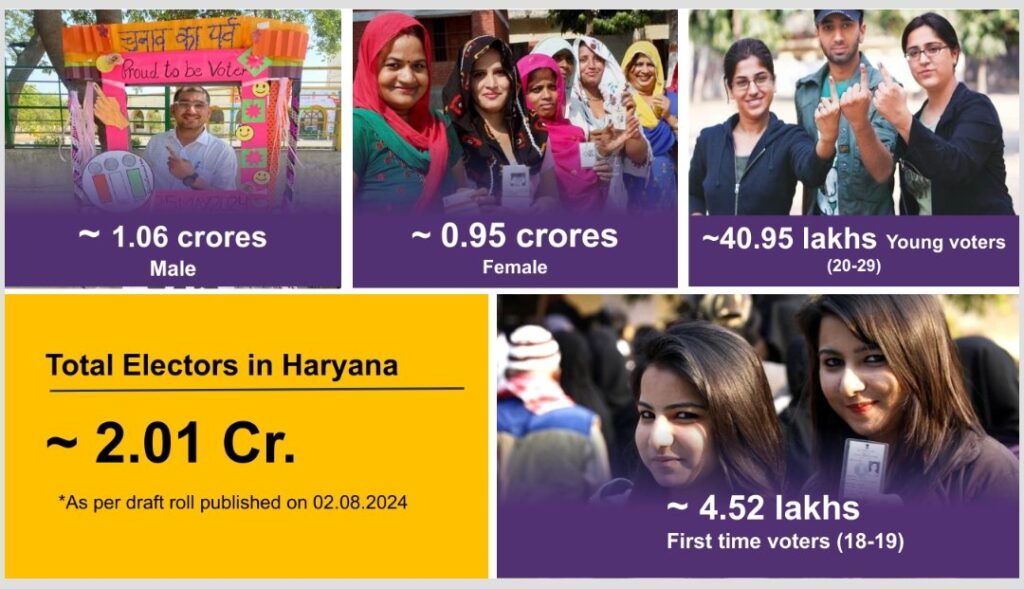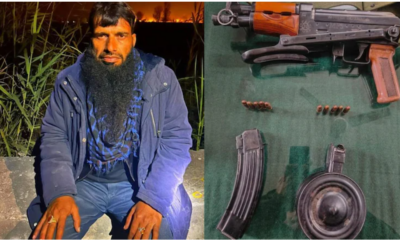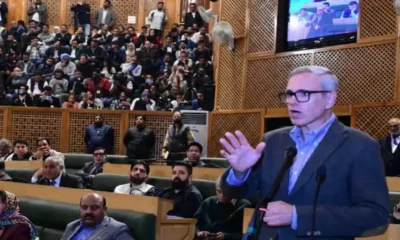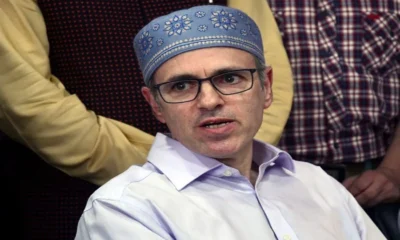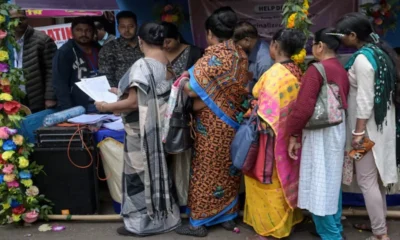India News
Assembly Elections: Jammu and Kashmir to vote on Sept 18, 25, Oct 1; Haryana to vote on Oct 1, results Oct 4
In his address on the announcement of dates for Assembly elections, Kumar noted that the 2024 Lok Sabha polls were the biggest election process at the world level and were completed successfully and peacefully.
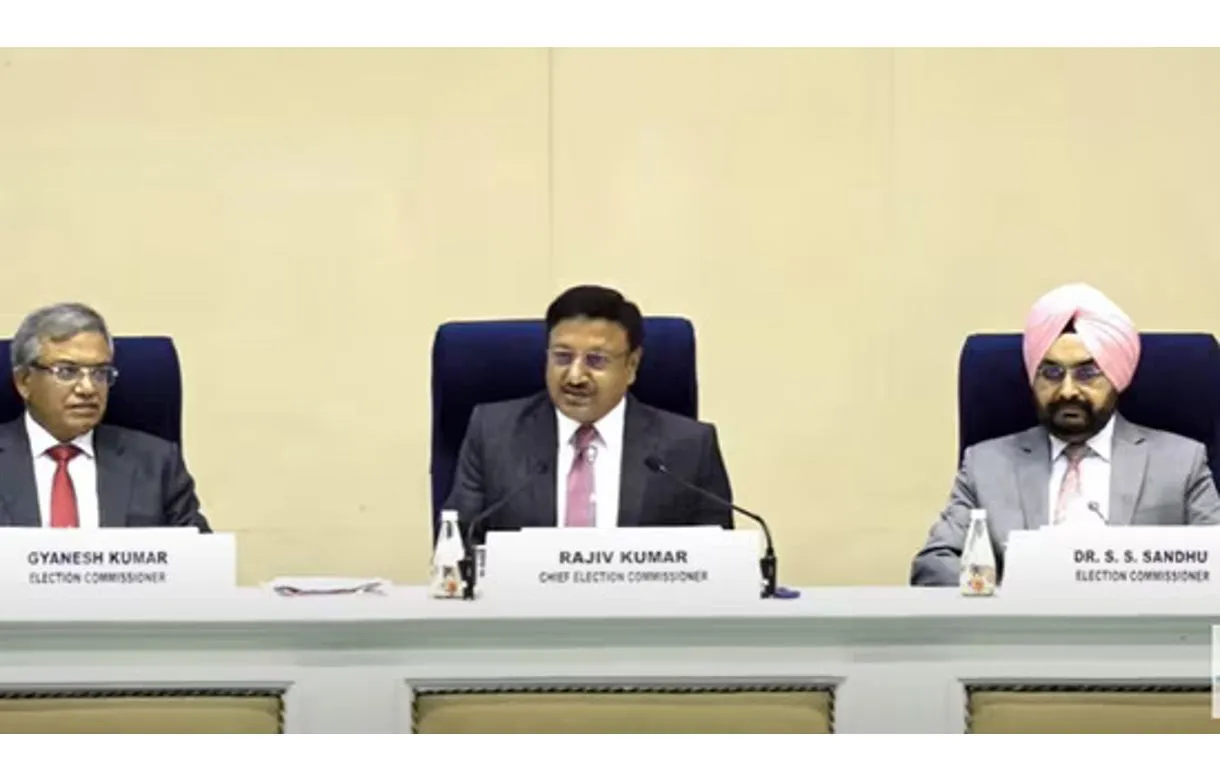
India News
Over 24 lakh voters dropped from Kerala draft electoral roll after special revision
The Election Commission has removed over 24 lakh names from Kerala’s draft voter lists after verification during the Special Intensive Revision process.
India News
India’s LVM3 Baahubali rocket launches heaviest satellite ever from Indian soil
India’s LVM3 ‘Baahubali’ rocket has successfully launched the heaviest satellite ever from Indian soil, placing the BlueBird 6 communication satellite into low Earth orbit.
India News
BJP raises seat offer to Eknath Shinde’s Shiv Sena to nearly 90 ahead of Mumbai civic polls, talks continue
The BJP has raised its seat offer to Eknath Shinde’s Shiv Sena to nearly 90 for the upcoming BMC elections, but fresh talks are needed as differences persist within the Mahayuti.
-

 India News22 hours ago
India News22 hours agoProtests outside Bangladesh High Commission in Delhi over lynching of Hindu youth in Bangladesh
-

 India News19 hours ago
India News19 hours agoBJP raises seat offer to Eknath Shinde’s Shiv Sena to nearly 90 ahead of Mumbai civic polls, talks continue
-

 India News20 hours ago
India News20 hours agoEveryone has their demands: Robert Vadra responds to calls for Priyanka Gandhi as PM candidate
-

 Entertainment20 hours ago
Entertainment20 hours agoThe Odyssey trailer: Christopher Nolan unveils first look of epic journey led by Matt Damon
-

 Entertainment19 hours ago
Entertainment19 hours agoGovinda’s Avatar: Fire and Ash cameo clips go viral, truth behind the AI-generated videos
-

 India News22 hours ago
India News22 hours agoJ&K cabinet clears residential plot allotment for flood-affected families
-

 India News4 hours ago
India News4 hours agoIndia’s LVM3 Baahubali rocket launches heaviest satellite ever from Indian soil
-

 Latest world news4 hours ago
Latest world news4 hours agoBangladesh student leader killing sparks allegation against Yunus-led interim government over February polls

